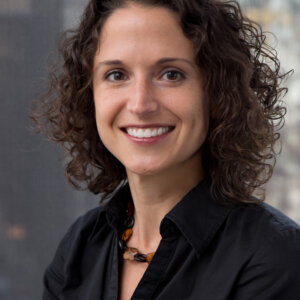Poverty, Not Gentrification, Is Neighborhood Scourge

This article was published as an op-ed in the Chicago Sun-Times on Feb. 26, 2015
Recently, a few Chicago media outlets, including the Chicago Sun-Times, boldly broke the ice on a touchy subject: segregation in our city. Now let’s get down to it.
For starters, let’s be clear about what’s not worth a lot of hand-wringing: gentrification. Recently, WBEZ ran a weeklong series on gentrification. Curbed Chicago has a citywide ”Gentrification Watch.” All the way from Cambridge, two Harvard University researchers created an app to study Chicago’s gentrification.
To be sure, where gentrification is actually happening — in about five of Chicago’s 77 neighborhoods between 2000 and 2010, according to a recent Voorhees Center study — displacement is a very real worry. In 2014, my colleagues and I at the Metropolitan Planning Council worked closely with residents of Uptown and Logan Square, two Chicago neighborhoods with booming development potential that are wrestling with changing demographics, sharply rising property values and longtime residents fearful of being pushed out.
And, yes, what happens to one neighborhood’s residents matters to the rest of the city. We’re connected. Some of the people displaced from Chicago’s handful of gentrifying neighborhoods will migrate to places like Back of the Yards and North Lawndale. It’s the plight of those neighborhoods that deserve more attention, as they represent the two-thirds of Chicago facing entrenched poverty.
Let that sink in a moment: Since 1970, nine neighborhoods in Chicago have or are gentrifying, while 45—up from 29 in 1970—are impoverished. As blogger Pete Saunders notes, “Chicago may be [best] understood in thirds—one-third San Francisco, two-thirds Detroit.”
Let’s talk about the costs to these 45 communities and the people who call them home—some 1,397,547 Chicagoans, or 52 percent of the city’s population. No matter their race or ethnicity, a low-income person living in a racially and economically segregated area is far less likely to ever be upwardly mobile. A Chicago child raised in a family earning in the bottom fifth of all earners only has a 6.1 percent chance of ever earning an income in the top fifth—a finding that, according to this 2013 study, places Chicago well behind its peer cities.
Let’s be real that economic and racial isolation costs all of us. Countries with greater levels of inequality tend to have fewer periods of sustained economic growth. Is it a coincidence that Chicago is ranked in the bottom third of the world’s largest economies for gross regional product growth and employment—behind Boston, New York, Los Angeles and Minneapolis?
Let’s acknowledge that we’re all paying a steep price for the status quo—a cost the Metropolitan Planning Council is analyzing to identify and help implement cost-effective solutions that could shift this troubling trend. The Sun-Times is right that there are things that can be done now, such as no longer concentrating affordable housing in neighborhoods that already have more than their fair share and cracking down on housing discrimination. It may cost more up front to build affordable units in profitable housing markets where land is more expensive, but if we know the real price of racial and economic isolation, we may be more willing to invest for our city’s long-term success.
Change that displaces people may be more popular to talk about, but Chicago’s entrenched poverty is our real problem. Let’s get serious about solving it.
